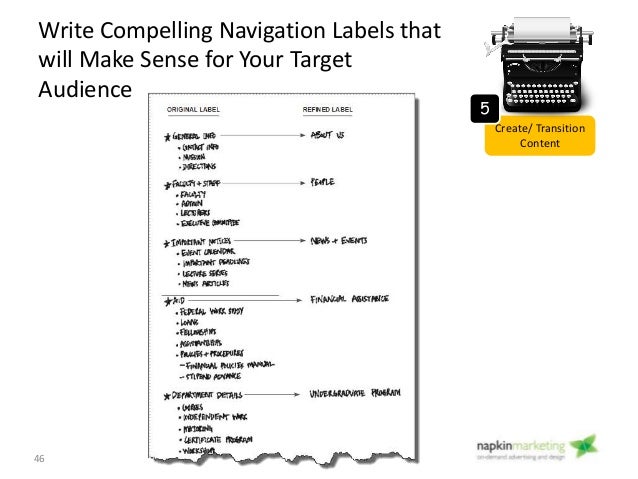
- #Road information text files by using the quickmap how to#
- #Road information text files by using the quickmap software#
- #Road information text files by using the quickmap plus#
Geography Markup language (GML) is an XML based encoding standard for geographic information developed by the OpenGIS Consortium (OGC). The most common way to store attributes is to place them in an external database file and record links in the MSLINK field-a data item carried for each element in the DGN file. DGN files contain detailed display information. It is well documented and standardized, so it may also be used as a transfer standard. Microstation Design File Format (DGN) is the internal format used by Bentley Systems Inc.’s MicroStation, a CAD program. ind An index to a MapInfo tabular (DAT) file. map Contains geographic information describing map objects. id An index to a MapInfo graphical objects (MAP) file. dat Tabular data for a table in MapInfo’s native format. tab The main file for a MapInfo table, it is associated with the appropriate DAT, MAP, ID, and IND files A logical MapInfo TAB file consists of several physical files, having the following file name extensions: Tab files store both feature geometry and attributes. TAB format is the native file format of MapInfo.
#Road information text files by using the quickmap how to#
Information on how to create MapInfo tables is in the header the graphical object definitions are in the data section. The MIF file has two areas - the file header area and the data section.
#Road information text files by using the quickmap plus#
The textual data is delimited data, with one row per record and either Carriage Return, Carriage Return plus Line Feed, or Line Feed between lines. MIF file and textual data is contained in a. Mapinfo data is in two files - the graphical data resides in a. It works on all platforms supported by MapInfo. The MapInfo Interchange Format (MIF) is an ASCII file vector format which allows generic data to be attached to a variety of graphical items. In this example, 1641 is the unique identifier for that contour, 140 is the contour height and the remainder is the Geometry for that feature. For example, one line of exported contour data may look as follows: When exporting data from QuickMap in WKT, QuickMap will also add attribute data to the file in fields delimited by the ‘|’ character. The well-known text representation of geometry provides a standard textual representation for spatial data. Geometry is a term adopted by the Open GIS Consortium to define two dimensional data. Well Known Text (WKT) is an ASCII file vector format defined by the Open GIS Consortium (OGIS) to represent a geometry. This format is supported by many other CAD and GIS Applications, and is also supported by QuickMap with the following constraints:All QuickMap Geometries are exported as lines.

The Drawing Interchange file format (DXF) is an ASCII file vector format used by AutoCAD which is the Copyright(C) of Autodesk, Inc. prj – Projection definition for the features. dbf – dBASE file that containing the feature attributes. A Shapefile stores map (geographic) features and attribute data as a collection of files having the same prefix and the following file extensions. The Shapefile format is created by ArcView and can be used by ArcView, ARC/INFO, ArcGIS and other widely used GIS software.

The ESRI Shape File Format is a digital vector (non-topological) storage format for storing geometric location and associated attribute information. The following file formats are supported for import and export: Format Virtually all NZ projections are supported for import, including Local Circuit coordinate systems. QuickMap supports a wide range of file formats for import. Data may be exported in over 60 different Coordinate Systems for export.
#Road information text files by using the quickmap software#
Most property and Topographic data in QuickMap may be exported from QuickMap in a wide range of raster and vector file formats, and freely distributed in other software packages. Choose from a wide range of raster and vector file formats to export data from QuickMap, or Import into QuickMap.


 0 kommentar(er)
0 kommentar(er)
